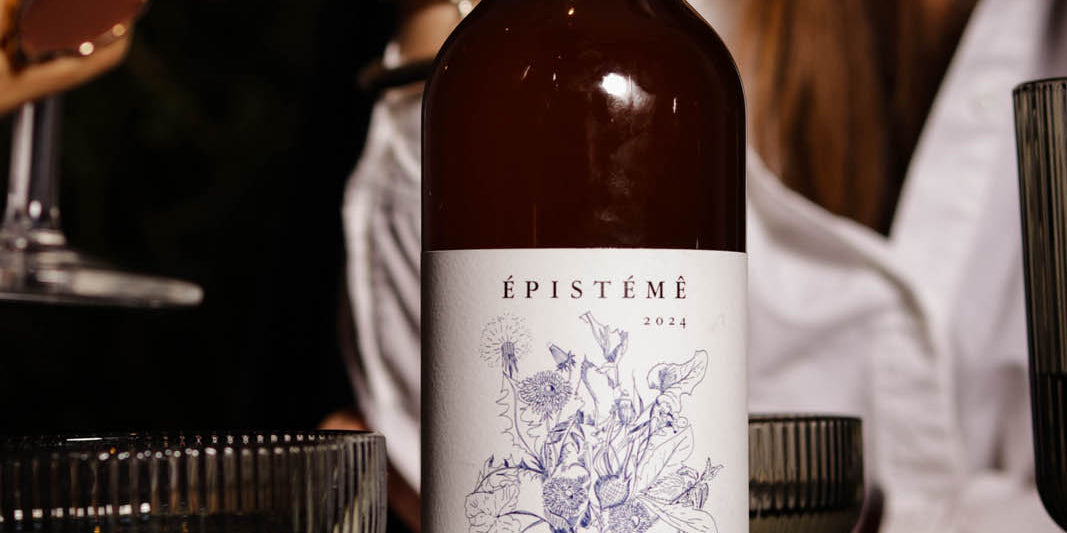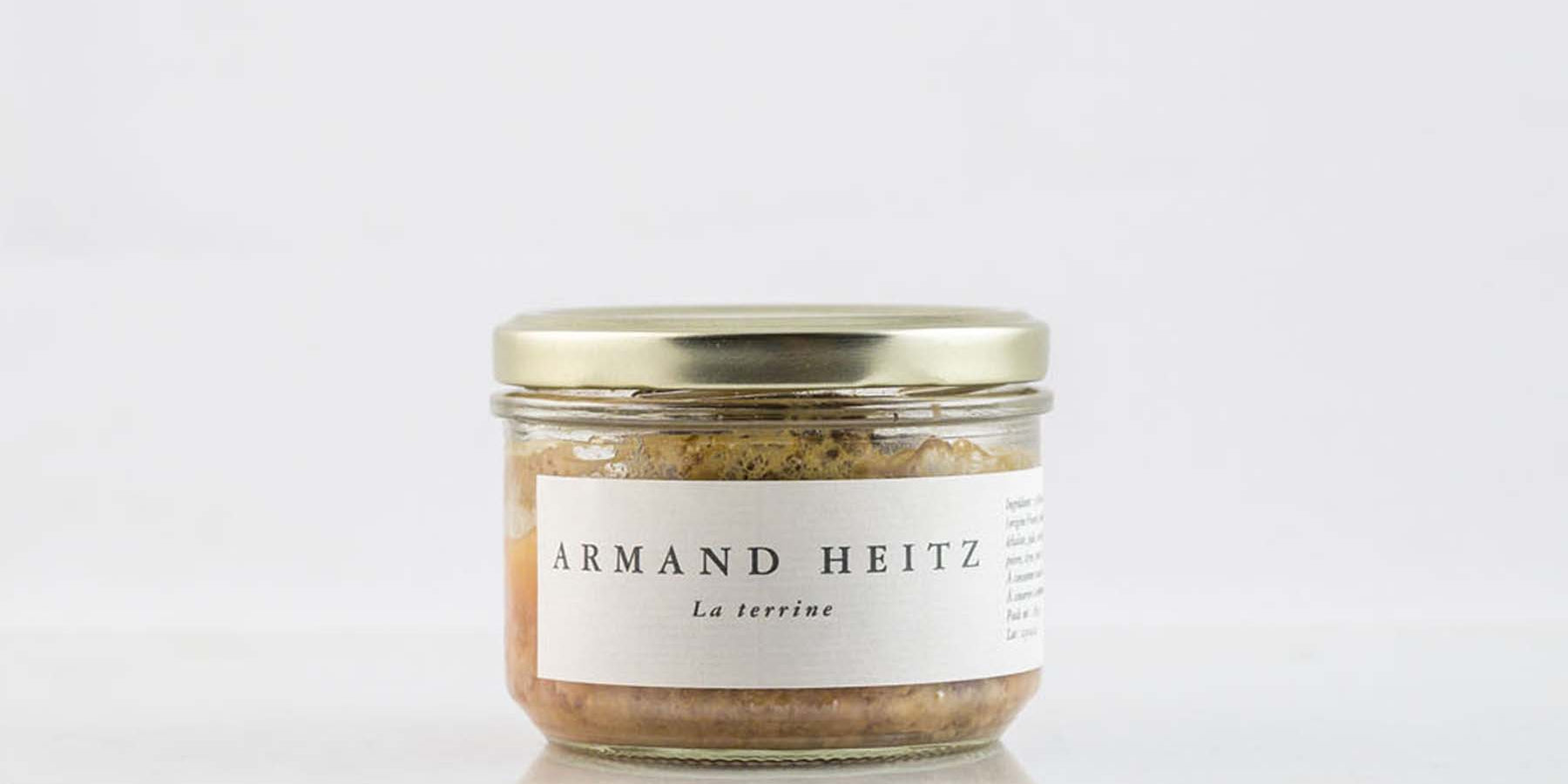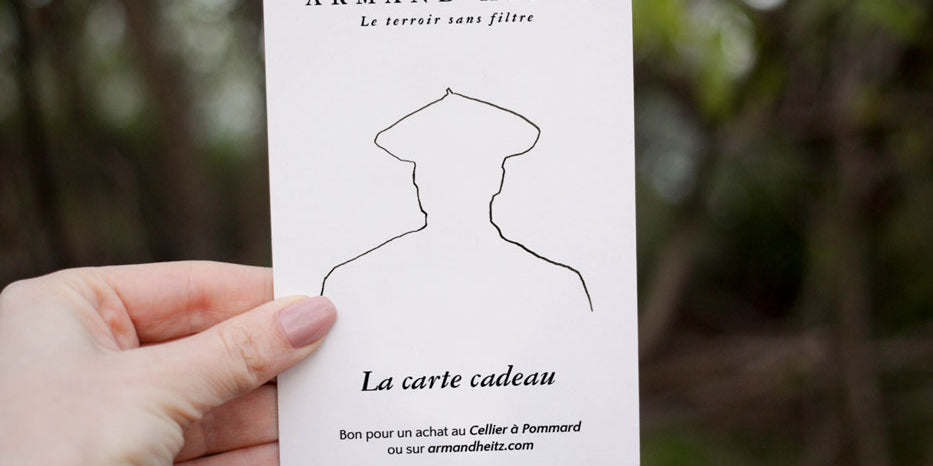Understanding Burgundy appellations
With all its names of villages, each as charming as the next, such as Meursault, Puligny-Montrachet, Beaune… and with the names of inspired climats and localities such as Bâtard-Montrachet, Les Pucelles, Les Amoureuses .... Burgundy certainly gives you the impression of entering a poetic jungle. Here, we give you some keys to cross the door and you will see, your curiosity for the wines of Burgundy will be without moderation.
The main key to understanding Burgundy wines is the classification of wine appellations. We have to go back to 1855, when Jules Lavalle, naturalist and botanist, initiated work to classify wines in Burgundy. At that time, Napoleon III had asked that the wines of France be classified for the Universal Exhibition in Paris. Bordeaux chooses to classify its Châteaux, resulting in the 1855 classification, while Burgundy chooses to classify its terroirs. This classification will serve as a basis for the INAO (Institut National des Appellations d’Origine) when drafting the regulations in 1935 for the Appellations d’Origine Contrôlée de Bourgogne.
In short, we represent this classification in Burgundy in the form of a pyramid of appellations and we give you some examples of names of climates*:

This classification and these terms only apply to Burgundy wines. A Grand Cru or a Premier Cru in Burgundy therefore has nothing to do with a Premier Cru Classé in Bordeaux because the classifications are based on different classification bases. The only common point would be the supposed quality of the bottled wine!
It is important to specify that in Burgundy, we speak of “Climats”. This term designates “a parcel of vines, carefully delimited and named for centuries, which has its own history and benefits from particular geological and climatic conditions. Each wine from a climat to its own taste and its place in the hierarchy of crus (regional appellations, premier crus and Grands Crus). There are more than 1,000 climats from Dijon to Santenay” (definition given by the Association des Climats de Bourgogne). Since 2015, the climates of Burgundy have been listed as a UNESCO World Heritage Site.
The specificity of Burgundy wines
In Burgundy, the vines are divided into different climates within which different owners coexist. Over the generations, successions divide this plot and contribute to the extreme fragmentation. The Clos Vougeot Grand Cru parcel is a fine illustration with 52 hectares divided between more than 80 owners!
However, there is an exception: the monopoly. That is to say that only one owner owns an entire climate. This scenario is anecdotal and among the most famous, we can mention in Vosne Romanée “La Romanée Conti Grand Cru” and “La Tâche Grand Cru”, both monopolies of the Domaine de la Romanée Conti, “La Grande Rue Grand Cru” from Domaine Lamarche and again in Beaune, the “Beaune 1er Cru Clos des Ursules” from Heirs Louis Jadot. At Domaine Armand Heitz, the only monopoly is the “Pommard 1er Cru Clos des Poutures”.
These names of climates are the dream of all wine lovers and we hope that this clarification will invite you to embark on this search for precision, poetry and complexity that Burgundy wines offer.
Marie-Pierre Dardouillet / Communication grape varieties
Source:
The Climats of Burgundy: climats-bourgogne.fr
Burgundy wines: vins-bourgogne.fr










